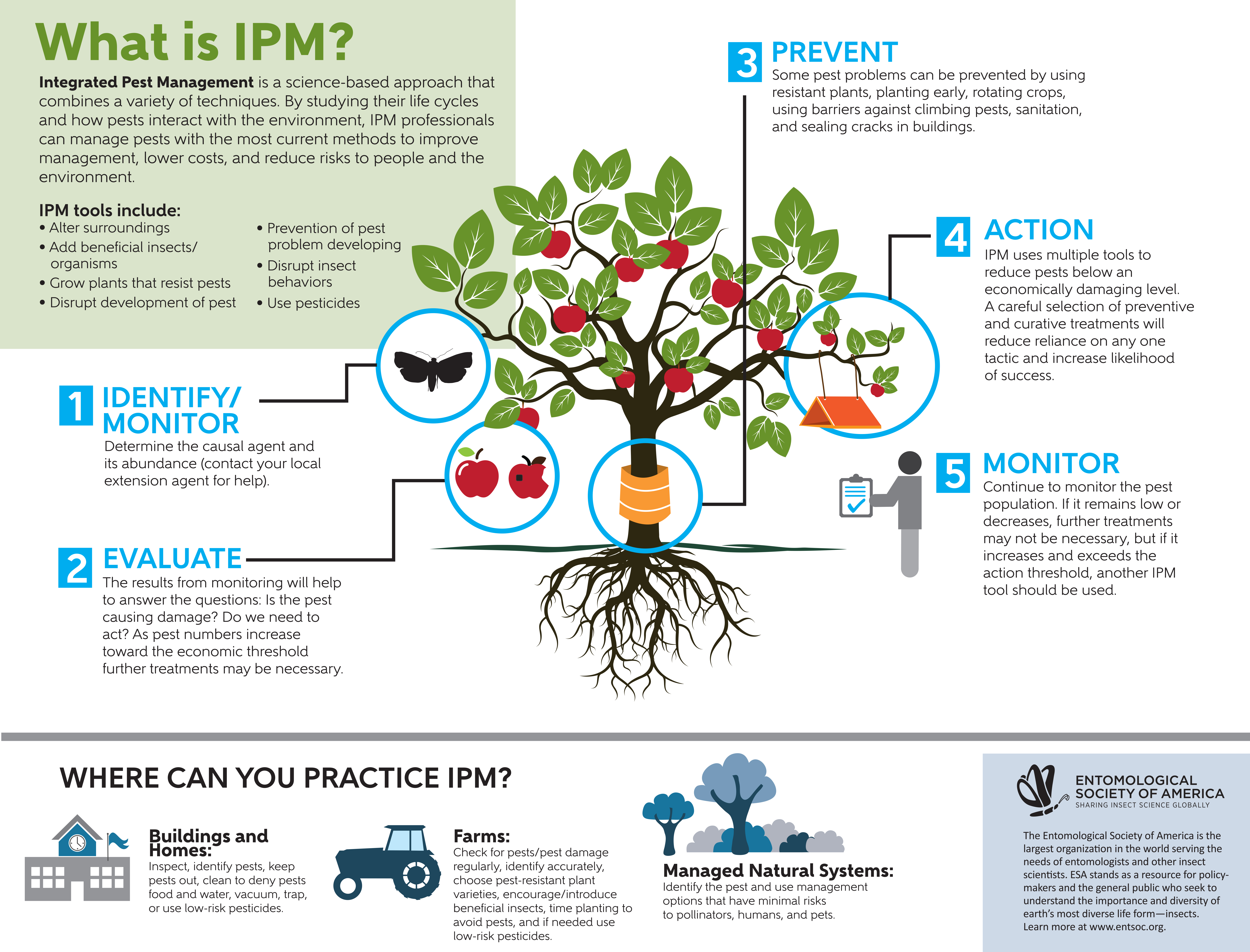Like a silent invasion, bed bugs can sneak right into your home, concealing in the shadows and waiting for the ideal minute to strike. Understanding their life process is critical in taking care of these ruthless insects, and that better to turn to for guidance than the professionals themselves?
In this discussion, you will reveal the tricks of the egg stage, the nymph phase, and the grown-up phase of bed pests, deciphering the mysteries behind their resilience and perseverance. Dental braces on your own, due to the fact that what you will uncover will leave you wondering about every little itch and bite.
The Egg Phase
Throughout the egg stage, bed bugs remain in their earliest form, prepared to hatch and start their life process. These little eggs are usually laid in splits and crevices near the bed insect's feeding location, such as seams of mattresses or furniture. The female bed pest can injure to 5 eggs daily, which adds up to hundreds in her lifetime.
The eggs are oval-shaped and about 1mm in length, making them barely noticeable to the nude eye. They have a sticky coating that helps them comply with surface areas and continue to be in place. The egg stage lasts regarding one to two weeks, depending upon the temperature and other ecological aspects.
As soon as the eggs hatch out, the nymphs emerge, starting their trip in the direction of adulthood.
The Fairy Stage
As the eggs hatch out, the recently emerged nymphs start their journey towards adulthood, marking the start of the fairy stage in the life cycle of bed insects. https://docs.google.com/spreadsheets/d/1Ei7EpTzPTrKISp6beef-axLqXnqritAIr6DHuBHq3IY/edit?usp=drive_link is crucial for their development, and understanding its qualities can help in handling these pests effectively.
Here are three important points to learn about the fairy stage:
1. Dimension and Appearance: Fairies are small, measuring only about 1.5 mm in size. They're translucent, yet after feeding, their bodies transform reddish-brown. As they expand, they shed their exoskeletons, leaving molted skins.
2. Feeding Behaviors: Like grown-up bed pests, nymphs eat blood. They require to feed multiple times to molt and advance to the next phase. Nymphs generally eat human beings or pets while they rest, leaving itchy attacks.
3. Growth and Recreation: Fairies undergo 5 instars prior to reaching adulthood. Each instar needs a blood dish for development. Once they come to be grownups, they can recreate and proceed the bed bug life process.
Understanding the nymph stage is crucial for effective bed pest control. By targeting the fairies during this susceptible phase, you can prevent their development in the direction of adulthood and stop their infestation.
The Grownup Stage
After finishing their growth as nymphs, bed bugs go into the grown-up phase. At this stage, grown-up bed bugs are around 4-5 mm in size and have a level, oval-shaped body that is reddish-brown in color. They have 6 legs, antennae, and a small head. Adult bed bugs are fully efficient in duplicating and proceeding their problem. They feed on blood, preferably human blood, and can survive without a meal for a number of months. They are largely active in the evening and have a tendency to hide in fractures, crevices, and furnishings during the day.
Grown-up female bed pests can lay up to 5 eggs per day. These eggs hatch out into fairies in about a week. Understanding the actions and life cycle of grown-up bed bugs is important in properly removing and avoiding problems.
Final thought
Since you recognize the life cycle of bed pests, you hold the power to safeguard your home.
Visualize a serene night's rest, devoid of the torture of these little bugs.
By recognizing the signs and taking prompt activity, you can stop infestations and guarantee the well-being of your loved ones.
Do not allow these sneaky bugs invade your haven.
Stay vigilant, stay informed, and sleep tight knowing you remain in control.
